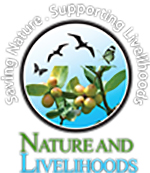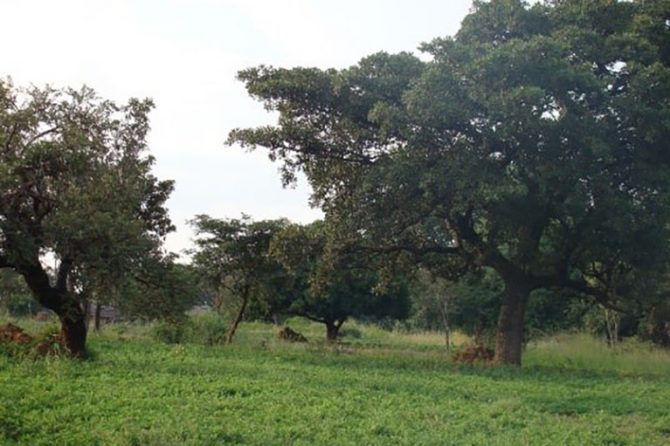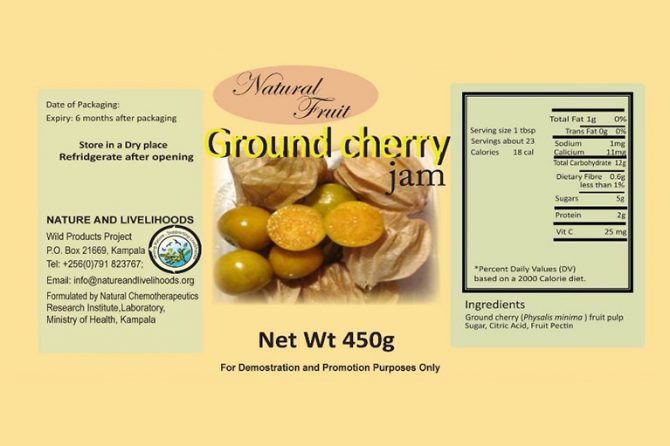2013 UGANDA
Experimenting on production of high value market products from indigenous wild fruits
Nature and Livelihoods
Research activities
Landscape
Overview
In Uganda, native vegetation outside protected areas is being rapidly lost to conversion to crop fields. Even the fruit trees that had been maintained in a traditional ‘parkland’ agroforestry system in smallholder farms is now cut and exploited for charcoal production. The vegetation loss cannot be easily halted when tangible economic and subsistence benefi ts are not being realised from these trees. The NGO Nature and Livelihoods therefore aimed to explore the potential to develop high value market products from native wild fruits widely consumed by local people in the Teso sub-region of eastern Uganda, with a view towards providing farmers an economic incentive to retain these trees in their farmlands. The project built on earlier works that identifi ed species of wild edible fruits, and experimented by using them for production of jams and beverages.
Key achievements
- The project was informed by local knowledge regarding edible fruits, their nutritional value and market potential.
- Scientific analyses on the nutritional composition, as well as the formulation of recipes for high value products uncovered the “hidden” nutritional values and market potentials of a large set of edible native fruit plants in the semi-arid parklands.
- The potential market value of the native tree fruits attracted the attention of local communities to revisit the multiple benefits from traditional mosaic ‘parkland’ farming system, in which native vegetation is maintained around cultivated fields and infertile areas left for livestock grazing.
Lessons
- Collaboration of food chemists and nature conservationists worked well to develop market products that are nutritious and can benefit biodiversity.
- Traditional knowledge, verified by scientific analysis, inspires the development of new products and attracts the attention of various stakeholders.
- A project that scientifically assesses the value of natural resources and technically formulates value- added market products can help small - scale entrepreneurs who do not have the capacity to do so.
- Potential economic value of underused tree fruits suggested a new model to conserve biodiversity in semi-arid parklands in Uganda, which will motivate farmers to conserve, restore and enrich tree stands in their farms by marketing their fruit products.
Project location
Organisation

Nature and Livelihoods
- Sector
- Non-governmental organisation
- Country
- Uganda
- Website/SNS
- https://natureandlivelihoods.org/
Relevant projects
Projects of the same year
Aichi Biodiversity Targets
Aichi Biodiversity Targets
-
Awareness increased
-
Sustainable production and consumption
-
Sustainable agriculture, aquaculture and forestry
-
Genetic diversity maintained
-
Traditional knowledge respected and integrated
Sustainable Development Goals
Sustainable Development Goals
-
Zero hunger

